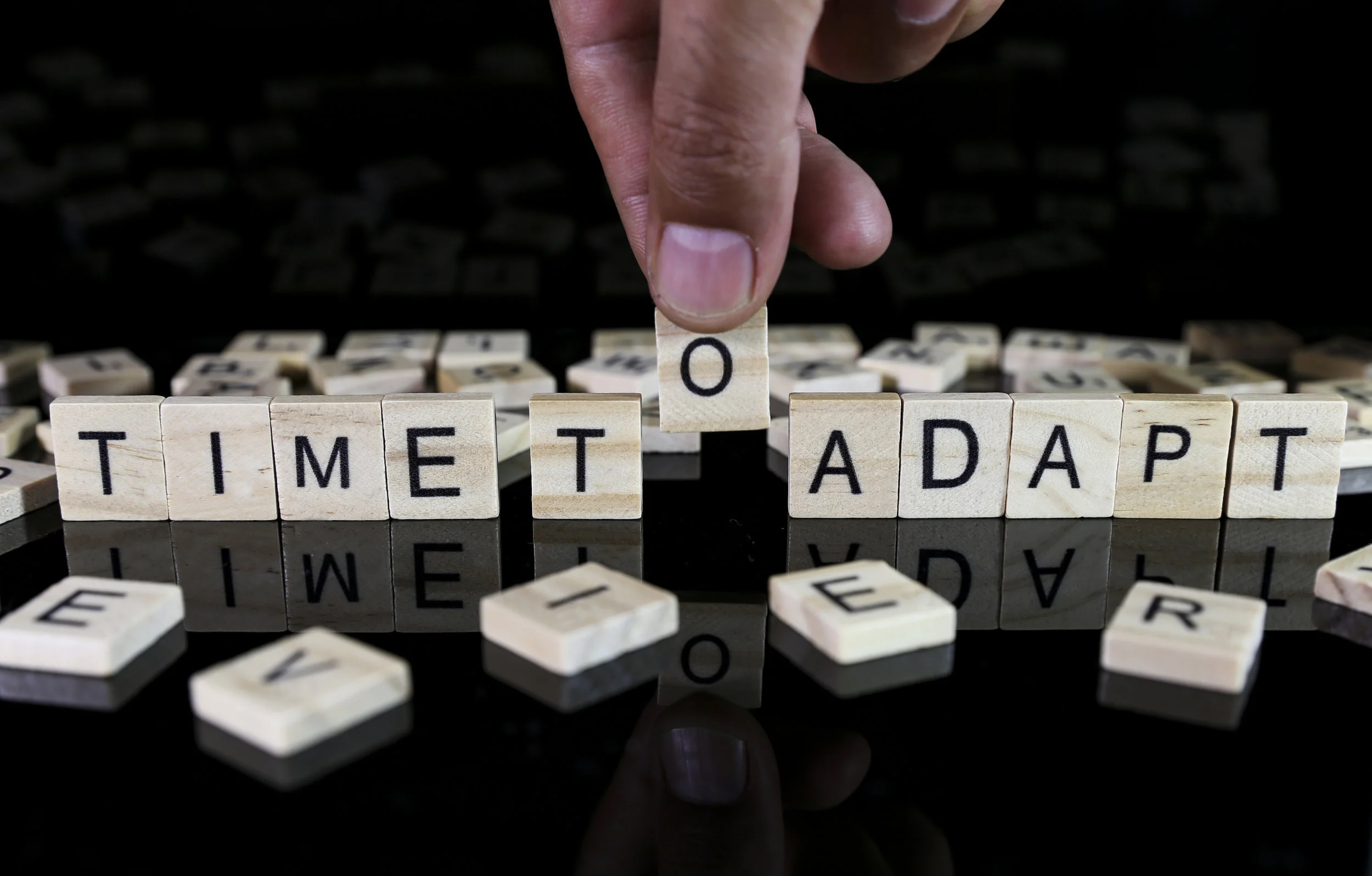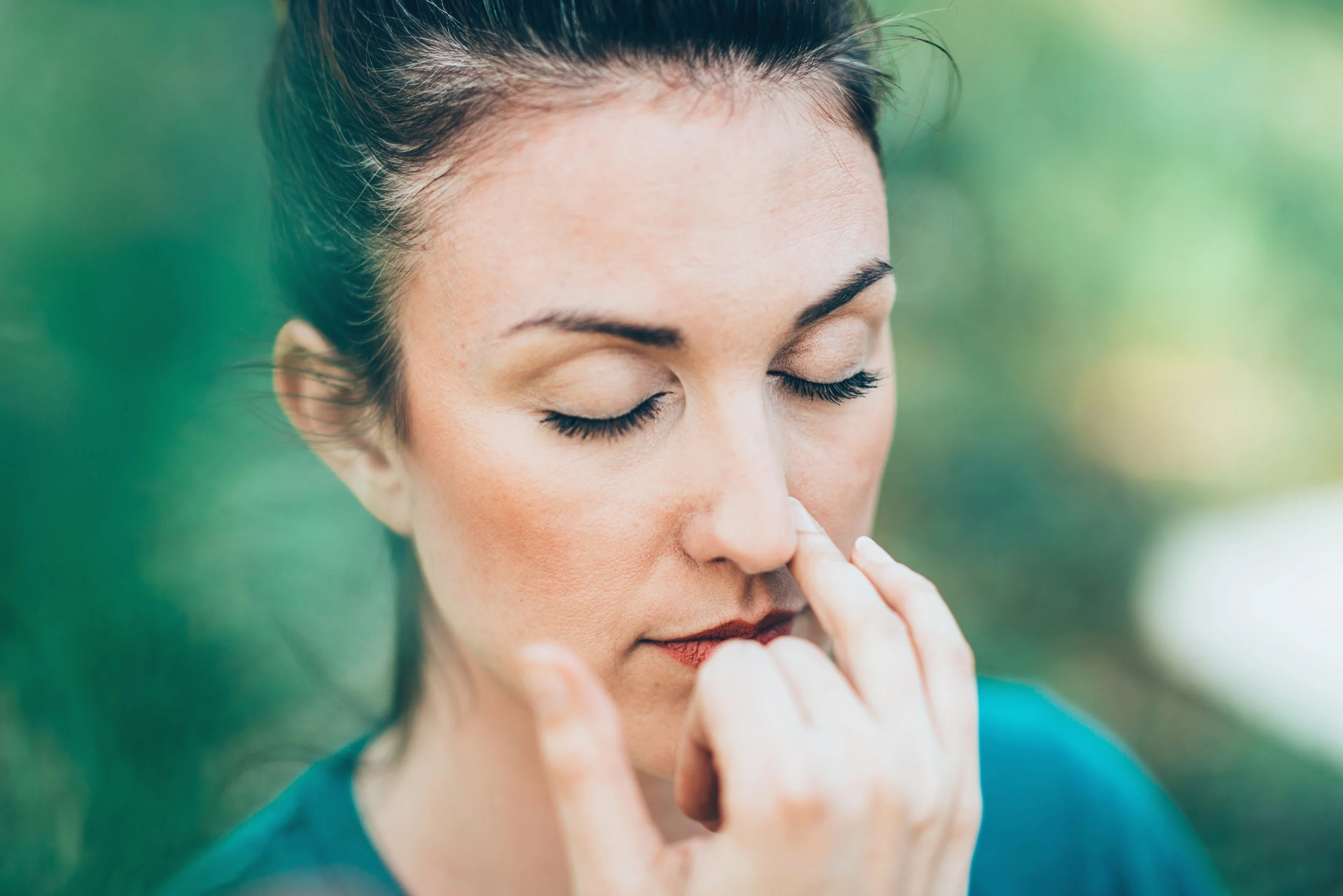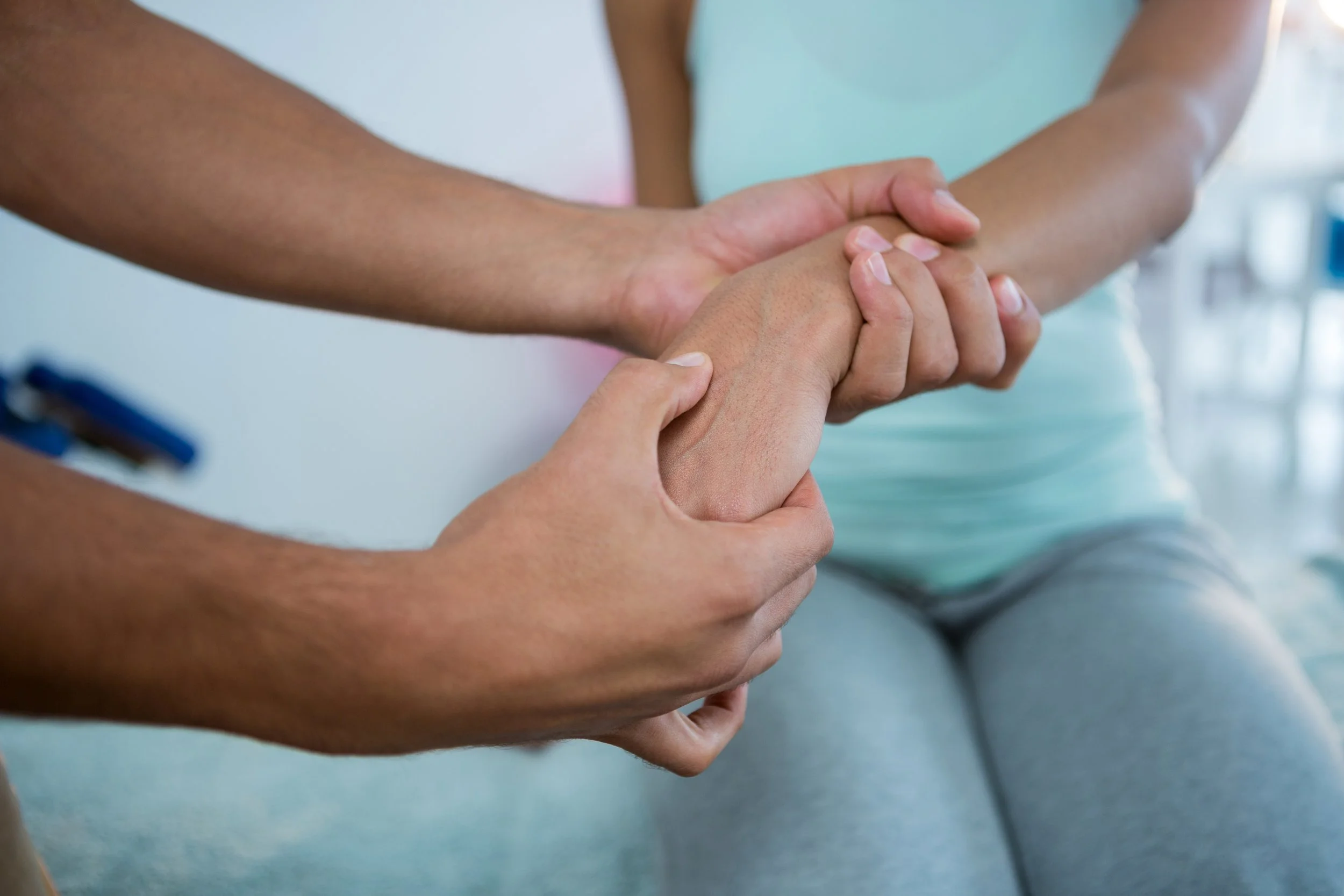Headaches are one of the most common complaints, and most people experience them at some point in their life. They can affect anyone regardless of age, race, and gender.
The World Health Organization (WHO) reports that almost half of all adults worldwide will have experienced a headache within the last year.
A headache can be a sign of stress or emotional distress, or it can result from a medical disorder, such as migraine or high blood pressure, anxiety or depression. It can lead to other problems. People with chronic migraine headaches, for example, may find it hard to attend work or school regularly.
Migraines, cluster headaches, and hangovers are some of the causes of headaches.
Contents of this article:
- What causes a headache?
- Types of headache
- Diagnosis
- Treatment
What causes a headache?
Headache is a common complaint worldwide.
A headache can occur in any part of the head, on both sides of the head, or just in one location.
A headaches can radiate across the head from a central point or have a vise-like quality. They can be sharp, throbbing or dull, appear gradually or suddenly. They can last from less than an hour up to several days.
There are different ways to define headaches. The International Headache Society (IHS) categorize headaches as primary, when they are not caused by another condition, or secondary, when there is a further underlying cause.
Primary headaches
Primary headaches are stand-alone illnesses caused directly by the overactivity of, or problems with, structures in the head that are pain-sensitive.
This includes the blood vessels, muscles, and nerves of the head and neck. They may also result from changes in chemical activity in the brain.
Common primary headaches include migraines, cluster headaches, and tension headaches.
Secondary headaches
Secondary headaches are symptoms that happen when another condition stimulates the pain-sensitive nerves of the head.
A wide range of different conditions can cause secondary headaches.
These include:
Eating something very cold can lead to a "brain freeze."
As headaches can be a symptom of a serious condition, it is important to seek medical advice if they become more severe, regular, or persistent.
For example, if the headache is more painful and disruptive than previous headaches, worsens, or fails to improve with medication or is accompanied by other symptoms such as confusion, fever, sensory changes, and stiffness in the neck, a doctor should be contacted immediately.
Types of headache
The symptoms of a headache can depend on the type.
Tension-type headaches
Tension-type headaches are a common form of primary headache.
The person can feel as if they have a tight band around the head, with a constant, dull ache on both sides. The pain may spread to or from the neck. Such headaches normally begin slowly and gradually in the middle of the day.
Tension-type headaches can be either episodic or chronic. Episodic attacks are normally a few hours in duration, but can last for several days. Chronic headaches occur for 15 or more days a month for a period of at least 3 months.
Migraines
Migraine is the second most common form of primary headache and can have a major impact on the life of an individual. According to the WHO, migraine is the sixth highest cause of days lost due to disability worldwide. A migraine can last from a few hours to between 2 and 3 days.
A migraine headache may cause a pulsating, throbbing pain on one or both sides of the head. The aching may be accompanied by blurred vision, light-headedness, nausea, and sensory disturbances.
Rebound headaches
Rebound or medication-overuse headaches are the most common secondary headache.
They stem from an excessive use of medication to treat headache symptoms. They usually begin early in the day and persist throughout the day. They may improve with pain medication, but worsen when its effects wear off.
Rebound headaches can cause a range of symptoms, and the pain can be different each day. Along with the headache itself, rebound headaches can cause neck pain, restlessness, a feeling of nasal congestion, and reduced sleep quality.
Cluster headaches
Cluster headaches are a less common form of primary headache. They strike quickly, one or more times daily around the same time each day and often without warning.
They usually last between 15 minutes and 3 hours, and they persist for the duration of what is known as a cluster period, which normally lasts 6 to 12 weeks.
The pain caused by cluster headaches is severe, often described as sharp or burning, and it is normally located in or around one eye.
The affected area may become red and swollen, the eyelid may droop and the nasal passage on the affected side may become stuffy and runny.
Diagnosis
A doctor will usually be able to diagnose a particular type of headache through a description of the condition, the type of pain and the timing and pattern of attacks.
It may be a good idea to keep a diary detailing the symptoms of regular headaches and any possible triggers. This can help both the patient and the doctor in identifying the exact nature and possible cause of the headaches.
If the nature of the headache appears to be complex, tests may be carried out to eliminate more serious causes.
Further testing could include blood tests, X-rays, and brain scans, such as CT and MRI.
Treatment
The most common ways of treating headaches are rest and pain relief medication.
Generic pain relief medication is available over the counter (OTC), or doctors can prescribe preventative medication, such as tricyclic antidepressants, anti-epileptic drugs, and beta blockers.
It is important to follow the doctor's advice because overusing pain relief medication can lead to rebound headaches.
The treatment of rebound headaches involves the reducing or stopping pain relief medication.
In extreme cases, a short hospital stay may be needed to manage withdrawal safely and effectively.
Self-care
A number of steps can be taken to reduce the risk of headaches and to ease the pain if they do occur:
- Apply a heat pack or ice pack to your head or neck, but avoid extreme temperatures
- Avoid stressors, where possible, and develop healthy coping strategies for unavoidable stress
- Eat regular meals, taking care to maintain stable blood sugar
A hot shower can help, although in one rare condition hot water exposure can trigger headaches.
Exercising regularly and getting enough rest and regular sleep contribute to overall health and stress reduction.
Several alternative forms of treatment for headaches are also available, but it is important to consult a doctor before making any major changes or beginning any alternative forms of treatment.
Acupuncture is an alternative therapy that may help relieve headaches.
Alternative approaches include:
- Acupuncture
- Cognitive behavior therapy
- Herbal and nutritional health products
- Hypnosis
- Meditation
(Research: Acupuncture and Migraine)
Sometimes, a headache may result from a deficiency of a particular nutrient or nutrients, especially magnesium and certain B vitamins.
Nutrient deficiencies can be due to a poor quality diet, underlying malabsorption issues, or other medical conditions.
Anyone with a suspected nutrient deficiency should work with a qualified health professional to diagnose and correct the deficiency in a sustainable and holistic way, rather than relying on an isolated supplement.
The WHO points out that headaches are often not taken seriously because they are sporadic, most headaches do not lead to death, and they are not contagious.
They call for more resources to be allocated for the treatment of headache disorders, because of the huge health burden they represent.
This article originally appeared on medicalnewstoday.com Written by James McIntosh











![Self-regulation “control [of oneself] by oneself"](https://images.squarespace-cdn.com/content/v1/55563e14e4b01769086817cb/1542845645966-PO2HGKF5JLUBM45UIWQ3/wee-lee-790761-unsplash.jpg)



















